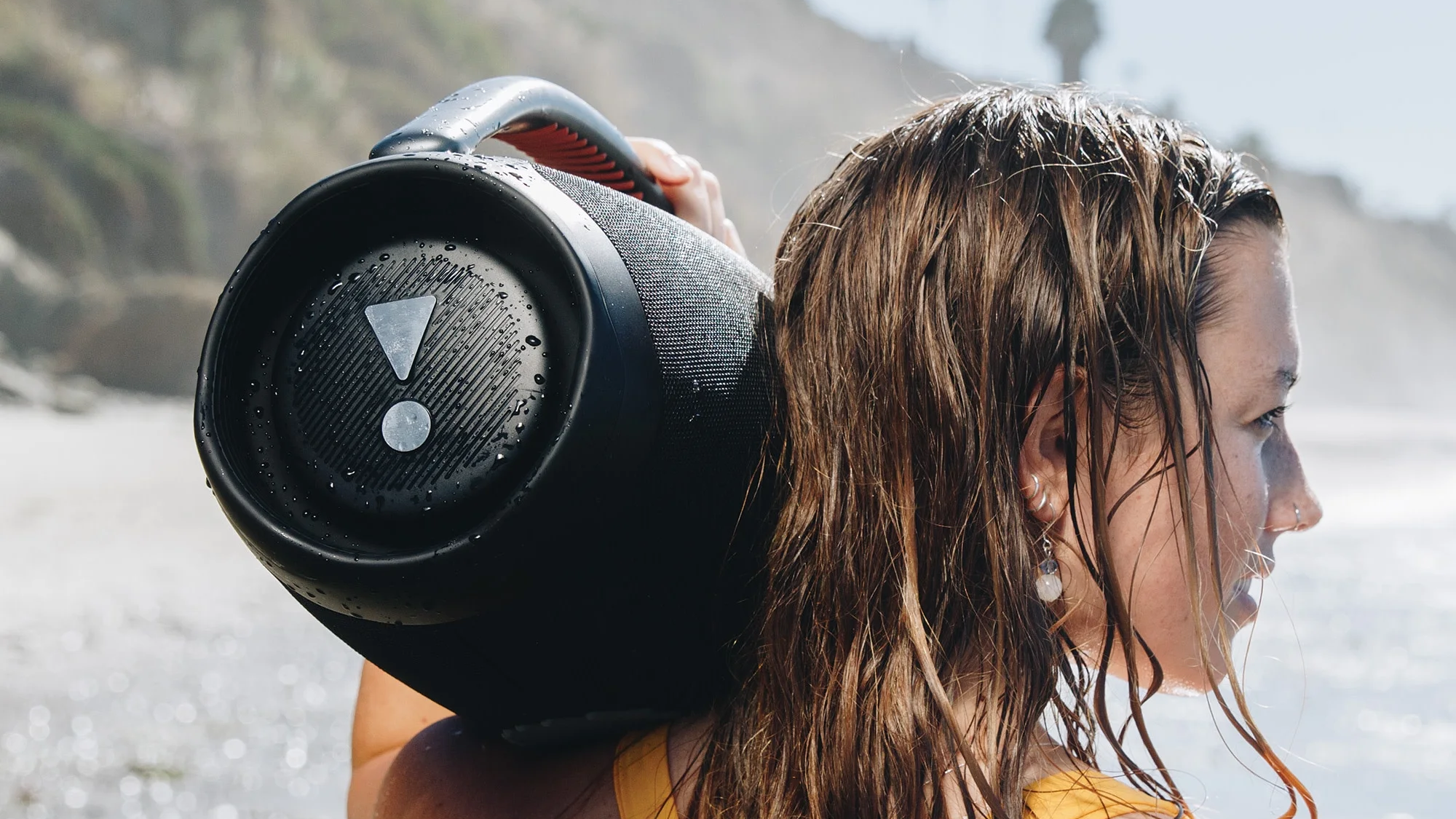What is marine paint formulation in the usa

The vast maritime industry in the United States depends heavily on advanced protective technologies to ensure the longevity and safety of ships, boats, oil rigs, and underwater structures. One such marine paint formulation, a science-driven process used to create coatings that protect marine surfaces from extreme environmental conditions.
In this guide by AskFormulator, we dive into the core of marine paint formulation, uncovering its components, types, significance, and the trends shaping its future in the USA.
Understanding Marine Paint Formulation
Marine paint formulation refers to the scientific process of designing paints specifically tailored for marine environments. These paints are engineered to withstand harsh saltwater, UV radiation, biological fouling, and mechanical abrasion. Unlike standard paints, marine coatings must provide excellent adhesion, corrosion resistance, flexibility, and antifouling properties.
Core Objectives of Marine Paint Formulation
Prevent corrosion caused by constant exposure to water and salt.
Enhance the aesthetic and longevity of marine vessels.
Key Components of Marine Paint
To achieve optimal performance, marine paints are formulated using a combination of specialized ingredients. Each plays a unique role in enhancing durability and performance.
|
Component |
Function |
|
Binders/Resins |
Form the film and bond other components together. Provide strength and adhesion. |
|
Pigments |
Add color and opacity; some provide corrosion resistance (e.g., zinc-based). |
|
Solvents |
Adjust the viscosity for application; evaporate after application. |
|
Additives |
Improve performance (e.g., UV resistance, drying time, flow control). |
|
Biocides/Antifouling Agents |
Prevent marine organisms from attaching to surfaces. |
Marine paints often include epoxy, polyurethane, or silicone resins as binders due to their excellent durability in moist and salt-rich conditions.
Types of Marine Paint Used in the USA
In the U.S., various marine coatings are developed based on the specific requirements of the vessel or structure and its operating environment. These include:
Antifouling Paint
Used primarily on the hulls of ships, antifouling paints prevent the attachment of barnacles, algae, and marine microorganisms. Copper oxide and other biocides are common active ingredients.
Anti-corrosive Paint
This paint is designed to protect steel and other metal parts from rust and corrosion. Zinc-rich primers are often applied first, followed by epoxy or polyurethane topcoats.
Topcoat Marine Paint
Topcoats provide color, gloss, and UV protection. They are usually polyurethane-based for enhanced appearance and resistance to weathering.
Deck Paint
Formulated to be non-slip and resilient, deck paints are ideal for walkways and working surfaces on marine vessels.
The Marine Paint Formulation Process
Formulating marine paint involves multiple scientific and regulatory considerations. Here's a simplified overview:
Choose Appropriate Resins and Additives
Depending on performance goals—flexibility, abrasion resistance, chemical resistance—appropriate base resins (epoxy, acrylic, or polyurethane) and additives are selected.
Incorporate Biocides and Pigments
For antifouling and coloring needs, pigments and biocides are blended to ensure efficacy and safety.
Lab Testing
Formulations are tested for adhesion, drying time, resistance to salt spray, UV degradation, and biological growth.
Regulatory Approval
In the U.S., paints must comply with EPA (Environmental Protection Agency) and USCG (United States Coast Guard) standards, particularly regarding toxicity and environmental impact.
Quote to Remember
“Marine paint is not just color; it's chemistry, protection, and performance, all rolled into one resilient layer.” — Industry Chemist, Coating Solutions Inc.
Eco-Friendly Antifouling Solutions
In response, formulators are exploring biocide-free paints using silicone and fluoropolymer technologies that create slick surfaces where organisms can't attach.
Nano-technology
These formulations improve paint longevity and reduce maintenance costs.
Self-Healing Coatings
Emerging formulations can repair micro-cracks autonomously, improving lifespan and reducing downtime.
Smart Paints
These are coatings embedded with sensors or reactive compounds that can detect damage or environmental stress and signal the need for maintenance.
Challenges in Marine Paint Formulation
Despite technological advancements, marine paint formulation in the USA faces several challenges:
Stricter Environmental Regulations New laws demand lower VOCs (Volatile Organic Compounds) and less toxic formulations.
High R&D Costs Developing durable, effective, and compliant coatings requires significant investment.
Diverse Application Conditions From icy Alaskan waters to tropical Florida coasts, paints must perform across various climates and salinity levels.
Role of AskFormulator in Marine Paint Solutions
At AskFormulator, we simplify complex formulation processes. Whether you’re a boat manufacturer, a chemical company, or a marine maintenance provider, we help you design or refine marine paint formulas tailored to U.S. standards. Our platform provides:
Custom formulation tools based on real-world parameters.
Guidance on raw material selection.
Compliance support for EPA and USCG regulations.
Innovative solution consulting with up-to-date R&D trends.
Our mission is to empower formulators and marine professionals with accurate, actionable insights that bridge the gap between chemistry and application.
Conclusion
Marine paint formulation in the USA is a vital component of the maritime industry. It combines chemistry, environmental science, and engineering to protect assets and ensure efficient marine operations. With evolving regulations and a push toward sustainability, formulators must adapt, innovate, and comply—all while delivering high-performance coatings.
Whether you're developing your first marine coating or optimizing an existing one, trust AskFormulator to guide your journey through the complex waters of marine paint formulation.







































































